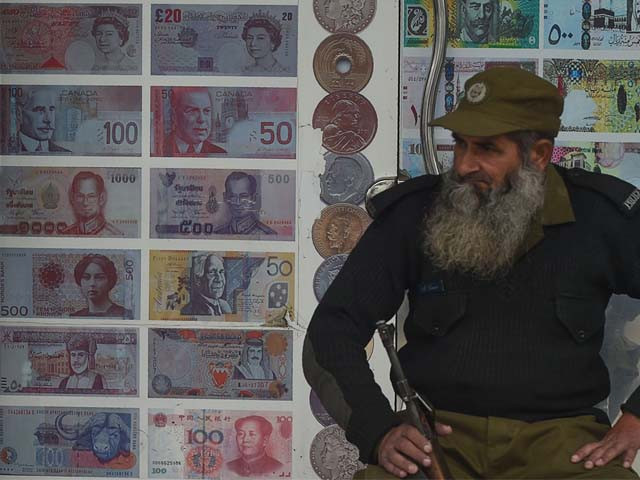Pakistan has run colossal current account deficits (CADs) persistently over the years. The common view is that a deficit is pernicious to economic welfare and may steer the country to the brink of bankruptcy in the wake of prodigious net foreign debt. But many countries like India have sustained CAD in the long-run. Thus it becomes imperative to mull upon the accuracy of the notion mentioned above in Pakistan’s context.
The sustainability of CAD is dependent upon the size, financing, and nature of the deficit. In the case where the deficit serves the purpose of investment, it will not be detrimental because the inflow of capital goods will balance it out in the long run. Such deficits will yield considerable future economic growth allowing the debt to be serviced. In contrast, consistent consumption-driven deficits will present the government with an uphill challenge of meeting its debt obligations. This has precisely been the case with Pakistan, where prolonged deficits and appalling economic decisions saddled the country with towering debt levels and hefty interest payments to the creditors.
The interminable budget and trade deficits and a dismally low domestic saving rate have brought Pakistan to these unsustainable deficits. Pakistan has endured chronic Balance of Payment (BOP) issues owing to perennial shortfalls in trade and current accounts. Few rare incidents when the national trade balance remained in surplus include the phase soon after partition when the exports soared due to the Korean War and the period when Pakistan devalued its currency by 131% in 1972. However, the next year’s oil price shock stagnated the surge in exports and deteriorated Pakistan’s trading account.
The trade deficit continued for a couple of decades, with imports outstripping exports. The current account deficit, however, stood lower on account of net factor income (mainly remittances). The inflow of remittances spiralled, particularly after many Pakistanis migrated to UAE in the 1980s. Post 9/11, Pakistan experienced three consecutive years of external account surpluses triggered by a high influx of remittances until the rise of oil prices pushed us into a deficit again.
The trade account woes continue today. The incumbents inherited a two-edged sword with a mammoth CAD ($20 billion), managed currency and an abysmal level of foreign exchange reserves to service it. The economic team responded with contractionary policies – interest rate elevation, import cutback, and long overdue devaluation – to subdue the aggregate demand. The measures exhibited some triumph with a drastic contraction in the CAD, succoring Pakistan to secure the IMF’s Extended Funds Facility (EFF) on apparently facile terms.
Since then, Pakistans’s CAD has remained under check. The current account even broke into monthly surpluses four times since October 2019, with the latest one occurring in July 2020. However, this surplus may soon exacerbate into a deficit once the remittances normalise and imports recover due to economic activity progression.
Following the exchange rate stabilisation and foreign exchange recuperation, Pakistan – like India – must learn to sustain a short-lived CAD. This is because import contraction has a direct trade-off with economic growth. It can bolster growth-inducing imports like machinery by lessening the impediments (duty) on them while effectuating exorbitant duty, quota, and other protectionism measures on the inessential consumable ones. This will not only ameliorate the quality of CAD – making it tenable for Pakistan – but will also translate into growth in the future.
The focus has to be on economic policies that guarantee robust fundamentals. The only way to successfully manage a deficit is by stockpiling foreign reserves to finance the income-expenditure gap in the external account. For this reason, a market-based exchange rate will prove to be one of the wisest decisions since it will not only augment exports but will also assist in fetching Foreign Direct Investment (FDI) and Foreign Portfolio Investment (FPI).
The crux of the matter is that Pakistan must apply coherent, compatible, and well-coordinated macroeconomic policies positioned towards market-based exchange rate, soaring exports, high growth, improved saving rate, and orderly debt management.



COMMENTS
Comments are moderated and generally will be posted if they are on-topic and not abusive.
For more information, please see our Comments FAQ